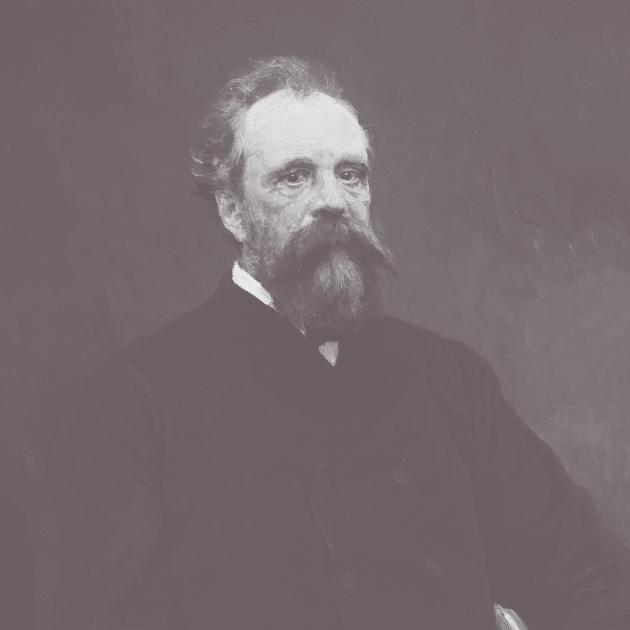
Tretiakovs' gift to Moscow
В.А.Серов
Портрет Сергея Михайловича Третьякова
25 июля скоропостижно умирает С. М. Третьяков. 31 августа П. М. Третьяков подает заявление в московскую Городскую думу о передаче своего собрания и собрания брата в дар городу. Дума решает принять дар Третьяковых. Благодаря состоящему из работ французских художников собранию С. М. Третьякова в общедоступной галерее национального искусства возникает ядро будущего Музея нового западного искусства.
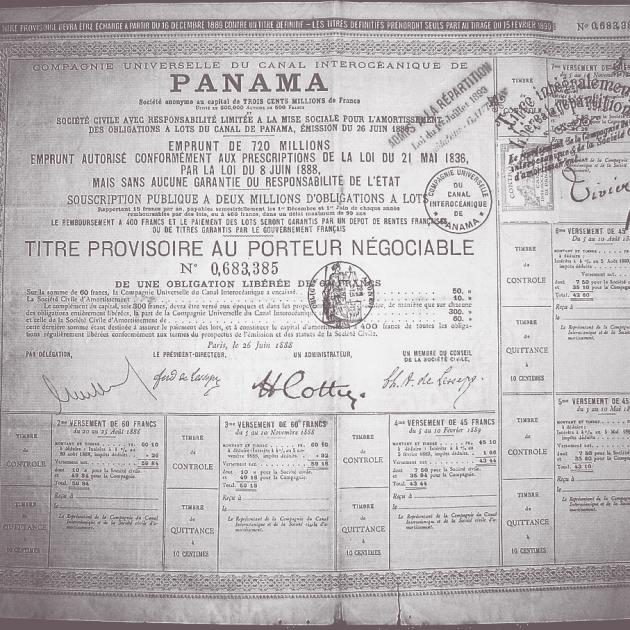
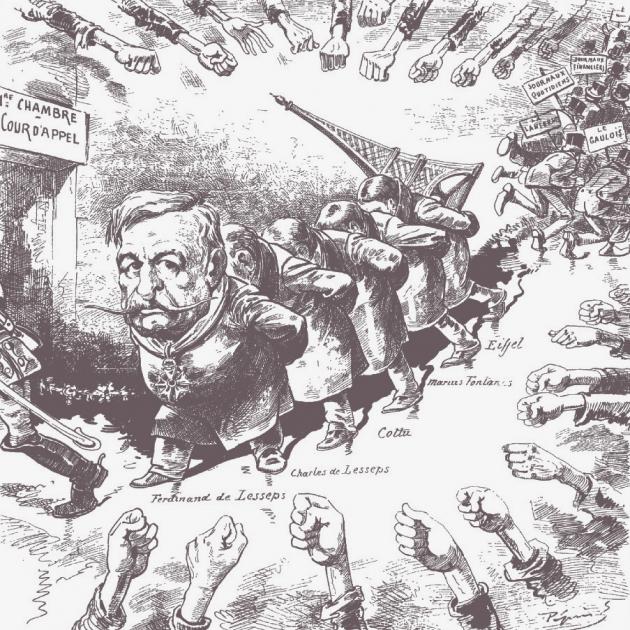 1 / 2
1 / 2Scandal of the Century: the Collapse of the Panama Canal Company
Облигация Панамской компании
1888
Карикатура «Мученики Панамы»
Сатирический журнал Le Grelot
27 ноября 1892
In 1881 Ferdinand de Lesseps, builder of the Suez Canal, began work on laying a canal that would link the Atlantic and Pacific Oceans by the shortest route. The enterprise was financed by loans but also by the issue of 600,000 shares at one thousand gold francs each. Tempted by the profits reaped by the Suez Canal – which paid for itself in just four years – the French snapped the shares up. But when construction should have been about to enter its final phase it was revealed that there had been a cover-up: huge new sums were required and French ministers and deputies had taken bribes to keep quiet about the whole affair. In 1889 legal investigation leading up to liquidation procedures revealed the vast extent of the corruption, involving both the French parliament and the press. In 1892 Lesseps and his son, along with the no less famous Gustave Eiffel – he of the Eiffel Tower, later to become a symbol of Paris – were tried and given long sentences. The French language gained a new word, ‘panama’, meaning any large-scale swindle involving high-ranking state officials. Many people lost huge sums of money as a result of the collapse of the Panama Canal Company and the whole French political system – already barely coping with increasing anarchist sympathies in society as a whole – was shaken to its very core.
Secret Alliance between Russia and France
A secret military convention between Russia and France was concluded in St Petersburg that promised mutual support in the event of an attack by a third country from the Triple Alliance (Germany, Austro-Hungary and Italy). The resulting distribution of power on the European political arena was to lead eventually to the First World War.
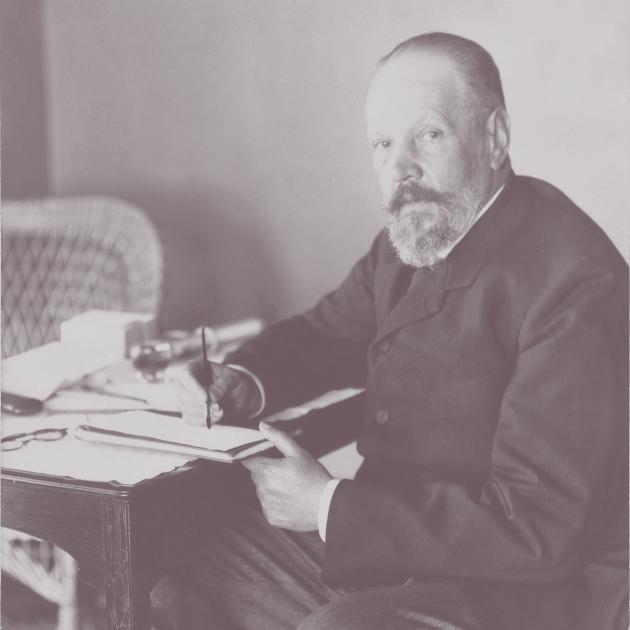
Sergey Witte, Russian Minister of Finance
C. Ю. Витте в Портсмуте
1905
© Библиотека Конгресса, Вашингтон
The appointment of Sergey Witte as Russian Minister of Finance was to have important consequences. Firstly, he did much to improve the overall investment climate through reforms begun in 1892 and continued 1895–97: these allowed for the free exchange of Russian banknotes for gold, i.e. they put the rouble on the gold standard, thereby reinforcing the currency’s stability both within the Russian Empire and abroad. Neither the Russo-Japanese War of 1904–5 nor the internal Russian political upheaval of 1905–6 shook the foundations of his monetary reforms, although as soon as Russia came off the gold standard at the start of the First World War all 629 million gold roubles disappeared from circulation.
Witte’s economic reforms helped speed up industrial development and thus led to increased prosperity. This meant a growth in the number of wealthy Russian merchants and industrialists, particularly in St Petersburg and Moscow. But there was a notable difference between the two cities: Moscow’s leading businessmen were largely drawn from the Old Believer community, which enjoyed a very different lifestyle somewhat set apart from the rest of society. They were very far from attempting to imitate aristocratic life in the capital. Their greater independence was manifested not only in their business activities but in their cultural preferences. Forming part of a close-knit network, the Morozov, Shchukin, Botkin, Tretyakov and other extended families were all dedicated collectors, a fact which was to be of considerable social significance.
Impressionist Paintings and Paul Durand-Ruel
Exhibitions of landscapes by Edgar Degas and Camille Pissarro were held in the gallery of Paul Durand-Ruel. The previous year he had shown Claude Monet’s Haystacks and the artist now embarked on a series of landscapes entitled Rouen Cathedral. It was largely thanks to this Parisian dealer that the leaders of the Impressionist movement – Pissarro, Monet and Auguste Renoir – achieved public recognition.
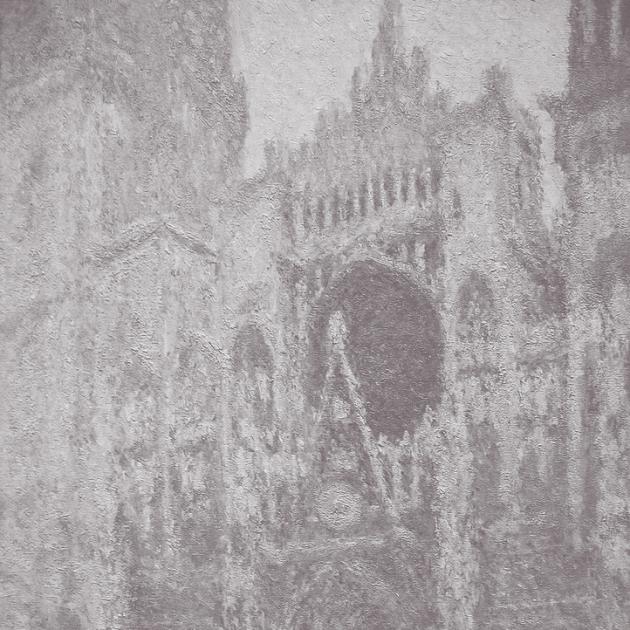
Second Exhibition of the Works of Claude Monet in the USA
Клод Моне
Руанский собор, западный фасад (фрагмент)
1894
Холст, масло. 100,1 х 65,9
Национальная Галерея, Вашингтон
A second exhibition of paintings by Claude Monet was held at the St Botolph Club in Boston. Now there were not only growing numbers of painters in North America who were influenced by Monet but ever more collectors of his work. Thanks to this success – financial as well as critical – the artist was able to acquire an estate at Giverny in northern France, where he gathered his Impressionist friends. In February Monet went to Rouen to paint the city’s famous cathedral. His series of paintings entitled simply Cathedrals was eventually to consist of thirty canvases, produced over the course of nearly eighteen months.
Paul Cézanne completes his Smokers Series
Cézanne’s fame spread beyond France: in Brussels Georges Lecomte gave a lecture on Paul Cézanne for the participants in the exhibition by the group known as Les XX.
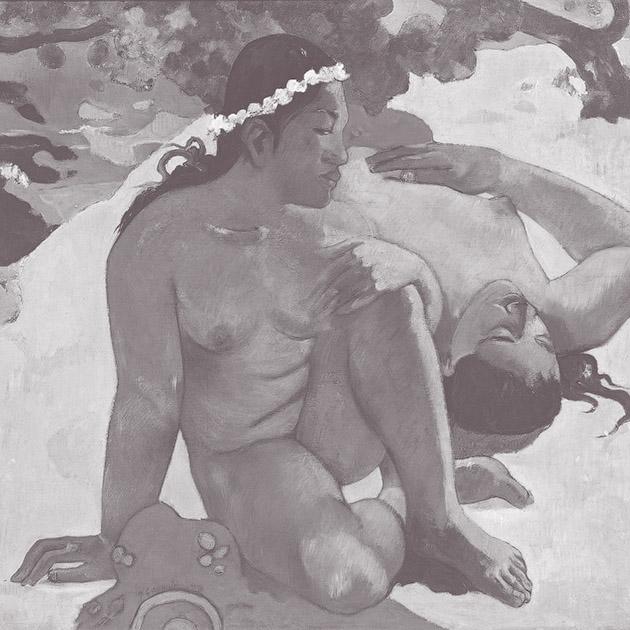
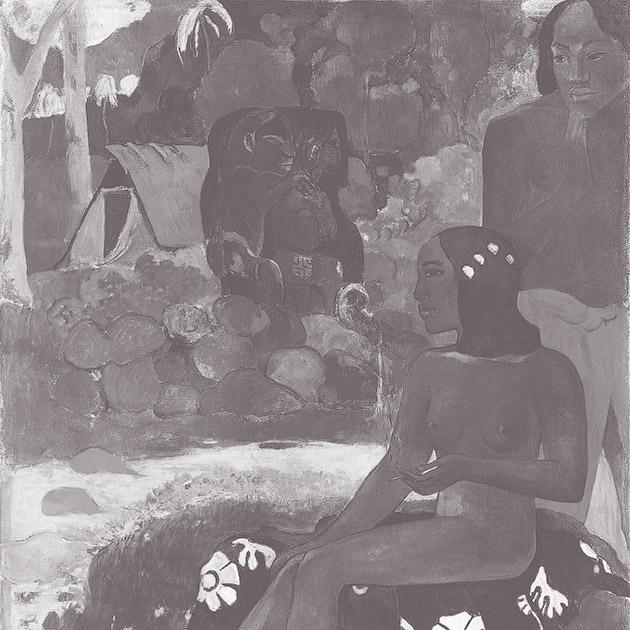
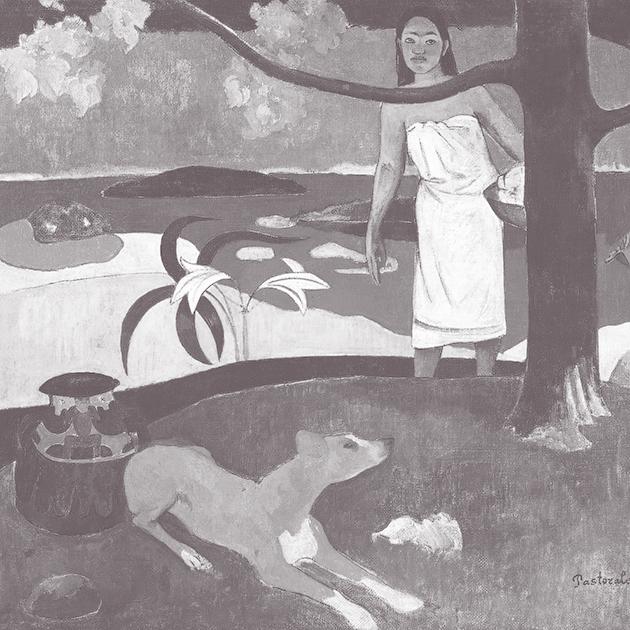 1 / 3
1 / 3Paul Gauguin discovers the World of Tahiti
Поль Гоген
А, ты ревнуешь?
1892
Холст, масло. 66,2 x 89,3
Государственный музей изобразительных искусств имени А.С. Пушкина
Поль Гоген
Vairumati tei Oa. Ее звали Вайрумати (Она называется Вайрумати)
1892
Холст, масло. 90,6 × 67,5
Государственный музей изобразительных искусств имени А.С. Пушкина
Поль Гоген
Таитянские пасторали
1892
87,5 х 113,7
Государственный Эрмитаж
Paul Gauguin had left for French Polynesia the previous year. He was fascinated by the book Voyage aux îles du Grand Océan (Voyage to the Islands of the Great Ocean), written in 1835 by the US Consul on Tahiti, Jacques-Antoine Moerenhout. Taking the side of the locals against foreign missionaries, Moerenhout had won their confidence and come to an understanding of their myths and way of life. Gauguin copied the book out, using it as the basis for a mythologised panorama of a Tahitian paradise that stood in sharp contrast to contemporary European realities. This was demonstrated in paintings such as Her Name is Vairaumati, What? Are you Jealous? and Pastorales tahitiennes.
Ambroise Vollard’s Career Begins
Renting two rooms on the sixth floor of a house on rue des Apennins in Paris, the 26-year-old Ambroise Vollard took his first steps as a picture dealer.
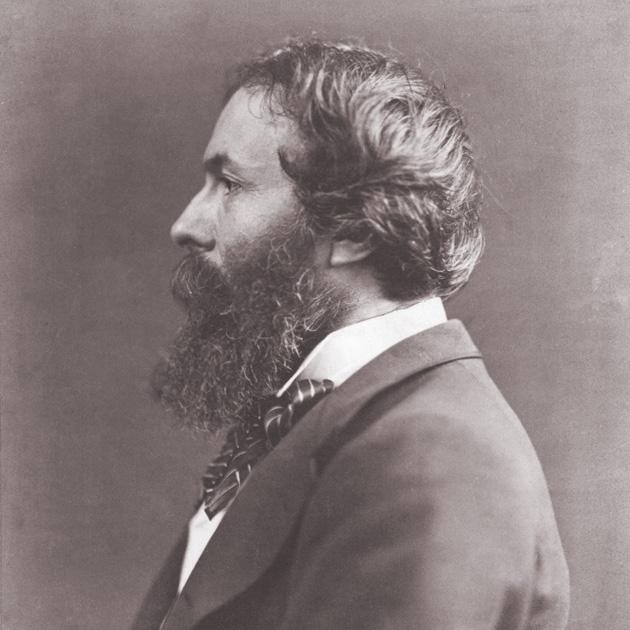
Gustave Moreau at the École des Beaux-Arts, Paris
Гюстав Моро
Дата неизвестна
© Bridgeman / Fotodom
Gustave Moreau became a Professor at the École des Beaux-Arts in Paris. His pupils included Georges Rouault, Henri Matisse, Albert Marquet and Henri Manguin, who were a decade later to form the Fauvist group, the first avant-garde movement in twentieth-century painting.
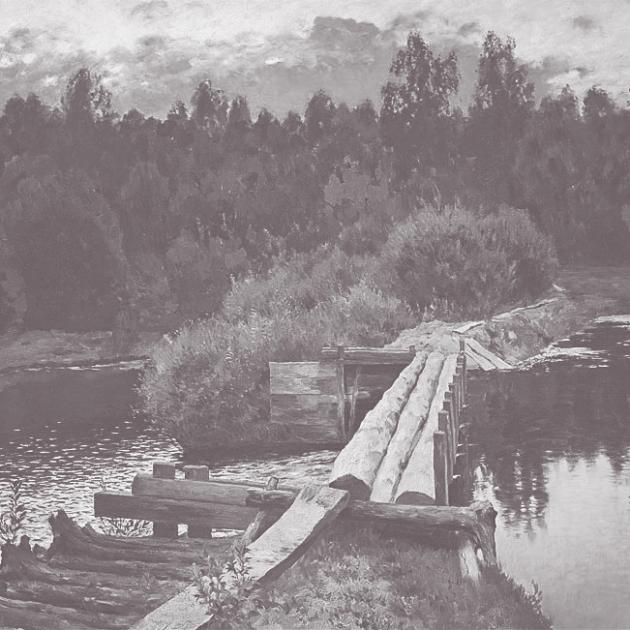
Exhibitions by the Wanderers in Russia
И. И. Левитан
У омута (фрагмент)
1892
Холст, масло. 150 х 209
Государственная Третьяковская галерея, Москва
In Moscow and St Petersburg two exhibitions – their nineteenth (1891–92) and twentieth (1892–93) – were held by the Fellowship of Travelling Art Exhibitions (commonly known in English as the Wanderers or, sometimes, the Itinerants). They included paintings such as Ivan Shishkin’s Rain in an Oak Forest, In Countess Mordvinova’s Woods, and Summer’s Day, Isaac Levitan’s Silent Monastery, Tumbledown Yard. Plyos and By the Deep Pond, Vladimir Makovsky’s Declaration of Love, and Vasily Surikov’s Siberian Beauty and Cossack Woman.
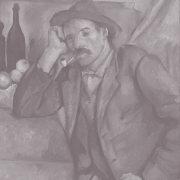
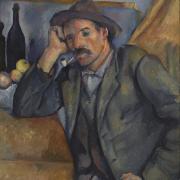
Smoker
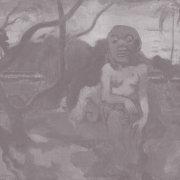
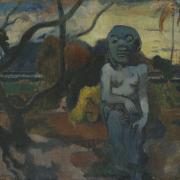
Rave te hiti aamu.The Idol
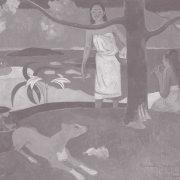
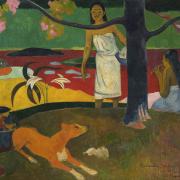
Pastor tahitian life
«Владимирка», «У омута» (И. И. Левитан)
«Руанский собор в полдень», «Руанский собор вечером» (Клод Моне)
Хотя эти одновременно написанные полотна двух лучших пейзажистов своих стран никак друг с другом не связаны, в них все же проступает некоторая общность, характерная для лучших работ конца XIX века. И у Моне, и у Левитана очевиден сплав двух аспектов воспроизведения конкретного мотива: реальный и символический, отвлеченный (хотя ни тот ни другой художники к символистскому лагерю не принадлежали).

